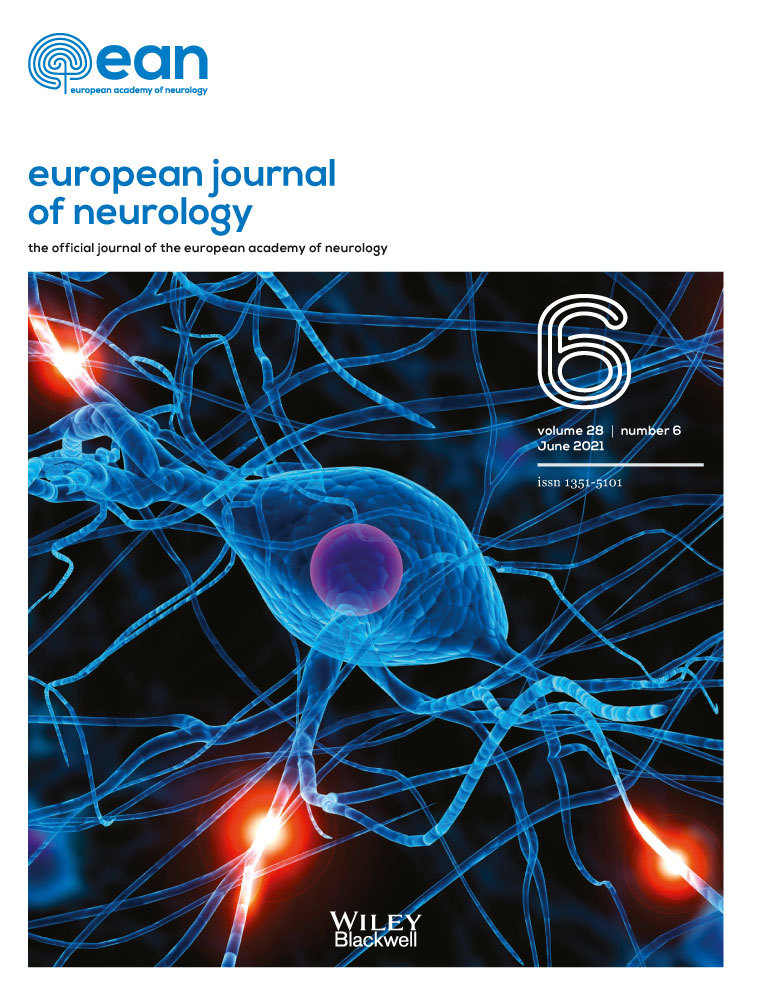Apolipoprotein E genotype predicts subarachnoid extension in spontaneous intracerebral haemorrhage
Funding information
This work was financially supported by Hubei Technological Innovation Special Fund (CN) (Grant no. 2019ACA132), the Fundamental Research Funds for the Central Universities (Grant no. 2019kfyXKJC075) and the National Key R&D Program of China (Grant no. 2017YFC1310000).
Abstract
Background and purpose
Spontaneous intracerebral haemorrhage (ICH) with subarachnoid extension (SAHE) predicts poor outcomes and haematoma expansion in spontaneous ICH and is also a potential predictor of the severity of vascular amyloid deposition. The biological underpinnings of SAHE remain elusive. A study was conducted to identify risk factors associated with SAHE.
Methods
A retrospective analysis was performed of an ongoing prospective cohort of primary spontaneous supratentorial ICH patients admitted to Tongji Hospital. SAHE was rated on baseline noncontrast computed tomography images by investigators blinded to the clinical data.
Results
A total of 189 patients were enrolled. Apolipoprotein E (APOE) ε2 copies (p = 0.020), but not APOE ε4 copies (p > 0.2), were more common in patients with SAHE in univariate analysis. After controlling for confounding factors in multiple logistic regression, lobar haematoma (odds ratio [OR] 14.21, 95% confidence interval [CI] 5.89–34.33; p < 0.001), large haematoma volume (OR 1.04, 95% CI 1.02–1.06; p < 0.001) and APOE ε2 copies (OR 3.07, 95% CI 1.05–8.97; p = 0.041) were three independent predictors of SAHE. For subgroup analysis stratified by location, APOE ε2 showed a possible association with SAHE in lobar ICH (p = 0.026) but not in deep ICH (p > 0.2). No significant association was found between APOE ε4 copies and either lobar (p > 0.2) or deep ICH (p > 0.2).
Conclusions
The APOE ε2 allele predicts SAHE in spontaneous supratentorial ICH. The association may predominantly apply to lobar ICH. Given the established relationship between the APOE ε2 allele and pathological cerebrovascular changes, our findings suggest that SAHE involves genetically driven vessel pathology.
CONFLICT OF INTEREST
No authors have anything to declare.
Open Research
DATA AVAILABILITY STATEMENT
The data that support the findings of this study are available from the corresponding author upon reasonable request.




